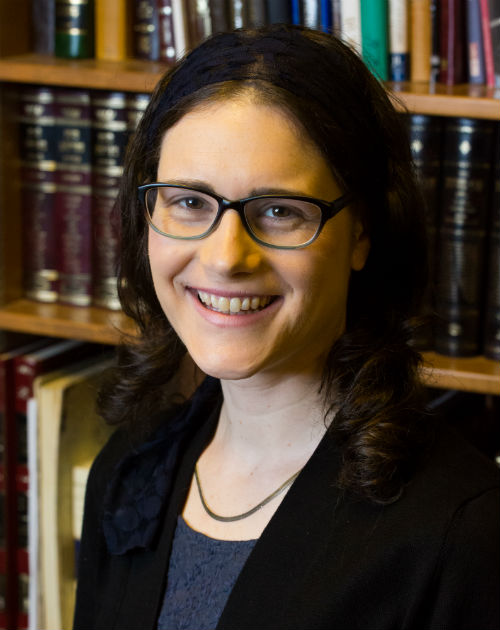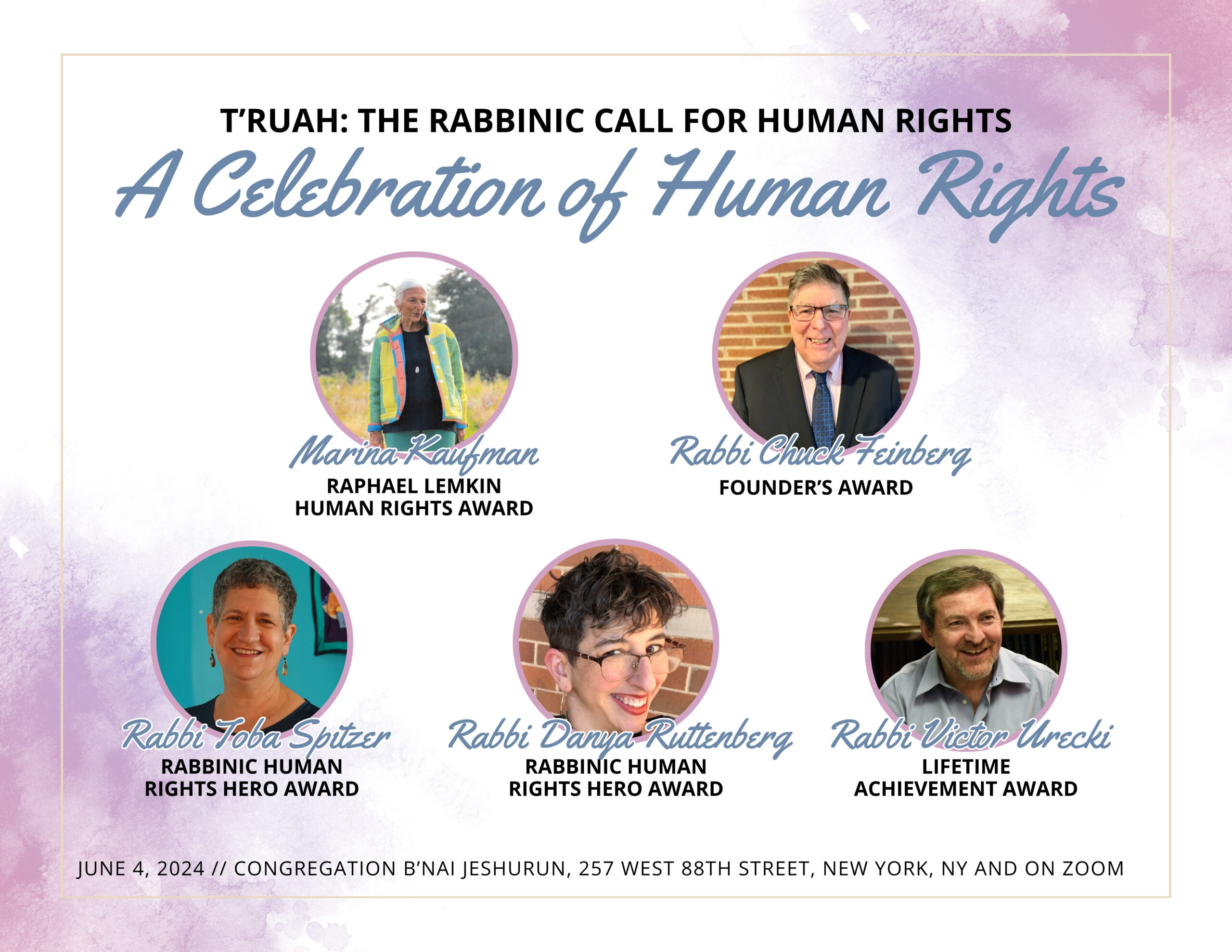Ishah ki tazria. Parshat Tazria opens with laws related to a woman giving birth. The Torah’s terse account of birth screams out for interpretation, for filling in the space between these black letters with the many, and varied, experiences of birth. These stories are so necessary because people are often blind to experiences of birth, especially experiences that differ from their own. I learned this the hard way, after a one-hour-notice C-section for my first, premature, baby. Since then I have come to know many other stories that don’t fit the usual birth announcement rubric. Rendering birth experiences more visible is critical, both so that individuals can heal and so that communities can mobilize.
My understanding of Parshat Tazria, and of birth, changed in 2014. I had Shabbat lunch at the home of scholar-activist Bonna Haberman z”l (author of Israeli Feminism Liberating Judaism: Blood and Ink). Parshat Tazria is often a parsha that people find more repelling than compelling. Bonna was known as a “holy agitator,”¹ unafraid of the discomfort of conflict and change. I should have guessed that this was one of Bonna’s favorite parshiyot.
While saying very little about birth itself, the Torah does at least render the experience visible by requiring a korban to be brought to the mikdash following birth. One part of this offering is the hatat, generally translated as a “sin offering.” A hatat is usually brought for an unintentional sin, and early rabbinic sages struggled to pinpoint what sin a woman would have committed in birth to warrant such a sacrifice. But not all interpreters understand this particular sacrifice as a response to sin. According to the medieval scholar Ramban, the hatat brought after birth has nothing to do with sin; it is for healing.² The process of birth is a physical trauma. The korban acknowledges that trauma. It is a kofer nefesh – a redemption for one’s life – offered to God. In Ramban’s words, it expresses the desire to be healed by God who “heals all flesh and acts wondrously.” Ramban’s understanding of the hatat in birth foreshadows a paradigm that the biblical scholar Jacob Milgrom has suggested. Milgrom sees the hatat sacrifice in general as a response to disorientation, with the goal of re-orienting the sacred. Birth is disorienting. The korban renders this disorientation visible and reflects the need for a process of reorientation.
At that Shabbat table, Bonna pulled out two books: 1) The Torah. 2) Her birth journal. She recited both accounts of birth, first the one and then the other. The point wasn’t to discount the first with the second. The point was that one invited and beckoned the other. I had never heard of a birth journal and certainly would never have imagined that my first exposure to one would be over a dessert plate at a Shabbat table. It was uncomfortable and bloody, not especially pretty while also deeply moving. It was a window into this time outside of time – the uncertainty and excited anticipation, fears and trust, and definitely strength. Now, I can’t really learn this parsha without sensing a resounding vacuum of the birth journal intertexts. These stories of disorientation are usually oral or even internal, not neatly articulated in writing, and not so easy to just pull off the shelf.
I remember thinking at the time of the birth of my premature baby that the roller-coaster of emotions and physical marathon of sheer determination was full of lessons that I had no language to articulate. Sitting at Bonna’s table, pregnant for a second time, it was intriguing to imagine how to translate this private, invisible experience into the world of words.
The process of reorienting has the potential simply to draw us more deeply inside ourselves. But I was lucky enough to have a doula for my second birth, Kerry, who saw birth as an opportunity to look outwards. For her, birth was a human rights issue. Kerry began her career as a human rights lawyer in apartheid South Africa. She then moved to France to work on human rights policy, but she became disillusioned with the bureaucratic obstacles of policy change. She began to assist women in rural France in labor and birth. Ultimately, she decided that the best way to intervene in human rights was to begin with birth. If each person could be ushered into the world in security and love, that would make a world of difference. When Kerry accompanied the birth of my second child in September 2014 in a state-of-the-art hospital in Toronto, she was also in the midst of raising money to build a birthing center in rural India that could provide culturally relevant care for premature babies. I had never imagined what this experience would be like without access to the kind of care and resources I had. From Kerry I learned that these kinds of problems wouldn’t be solved by transplanting a western hospital to rural India. She carefully thought about what model would work best for the community there, integrating the wisdom of “modern medicine” and the wisdom of generations of women who had cared for premature babies in these communities.
Ishah ki tazria. People don’t necessarily think of giving birth as a human rights issue. Now, I do. When I learn parshat Tazria I think of Bonna and I think of Kerry. I think of a life experience that often makes us turn inward and how important it is to expand our gaze outward. Parshat Tazria compels us to render our own stories visible and seek out the stories of others. In that moment of wanting to focus our resources on our own survival, healing and flourishing, we can turn to empathy, to strategy, and to action so that the birth of each person is also the birth of a more just and more whole world.
¹I heard this term from Reb Ezra Weinberg describing Bonna after she passed away and thought it was very apt!
²VaYiqra 12:7 ..תביא כופר נפשה שיעמוד מקורה ושתטהר, כי השם יתעלה רופא כל בשר ומפליא לעשות
Rabbi Aviva Richman is on the faculty at Yeshivat Hadar, an egalitarian yeshiva in Manhattan, and is a doctoral candidate in rabbinic literature at NYU. Aviva lives in Riverdale, NY with her spouse, Tzemah, and kids Boaz, Elisha and Benaya.


